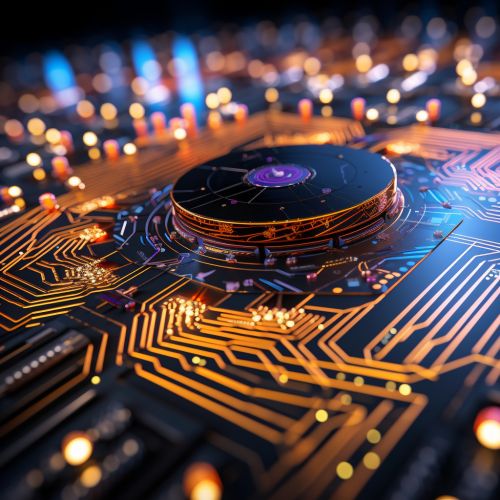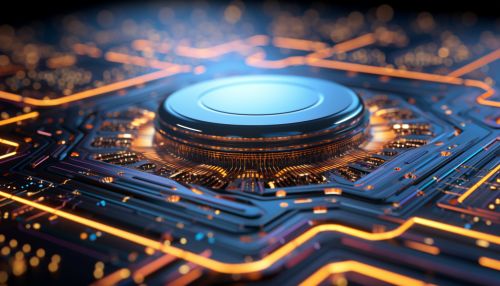Quantum Error Correction in Topological Quantum Computers
Introduction
Quantum error correction (QEC) is a critical aspect of quantum computing, which aims to protect quantum information from errors due to decoherence and other quantum noise. Quantum error correction is essential for fault-tolerant quantum computation that can deal with noise on large scale quantum computers. Topological quantum computers utilize a different approach to quantum computing, which can make them more robust against such errors. This article will delve into the intricate details of quantum error correction in topological quantum computers.


Quantum Error Correction
Quantum error correction is a set of techniques for protecting quantum information from errors due to decoherence and other quantum noise. Quantum error correction is essential for fault-tolerant quantum computation. The basic idea of quantum error correction is to store the information in a subspace of the total state space in such a way that errors move the state within the subspace to another state in the subspace, rather than moving the state out of the subspace.
Topological Quantum Computers
Topological quantum computers are a type of quantum computer that uses two-dimensional quasiparticles called anyons, whose world lines cross over one another to form braids in a three-dimensional spacetime. These braids form the logic gates that make up the computer. The advantage of a topological quantum computer is that the information is stored not in the state of the anyons, but in their paths around each other, making the information theoretically immune to any type of error, a property known as topological protection.
Quantum Error Correction in Topological Quantum Computers
In topological quantum computers, quantum information is stored in a non-local manner, making it robust against local errors. The quantum error correction in these computers is achieved through the braiding of anyons, which are topological states of matter. These anyons have the property that their quantum state is determined not by their individual identities, but by their collective braiding history.
The quantum error correction in topological quantum computers is inherently different from the standard quantum error correction codes. The topological nature of the information storage and processing in these computers provides a natural form of error correction. The errors in these systems can be visualized as the creation of anyonic excitations, and the error correction process involves the annihilation of these excitations.
Conclusion
Quantum error correction in topological quantum computers is a fascinating and complex field, offering a promising approach to the challenge of quantum error correction. The topological nature of these computers provides a natural form of error correction, making them potentially more robust against errors compared to other types of quantum computers. However, the field is still in its early stages, and much research is needed to fully understand and realize the potential of these systems.
